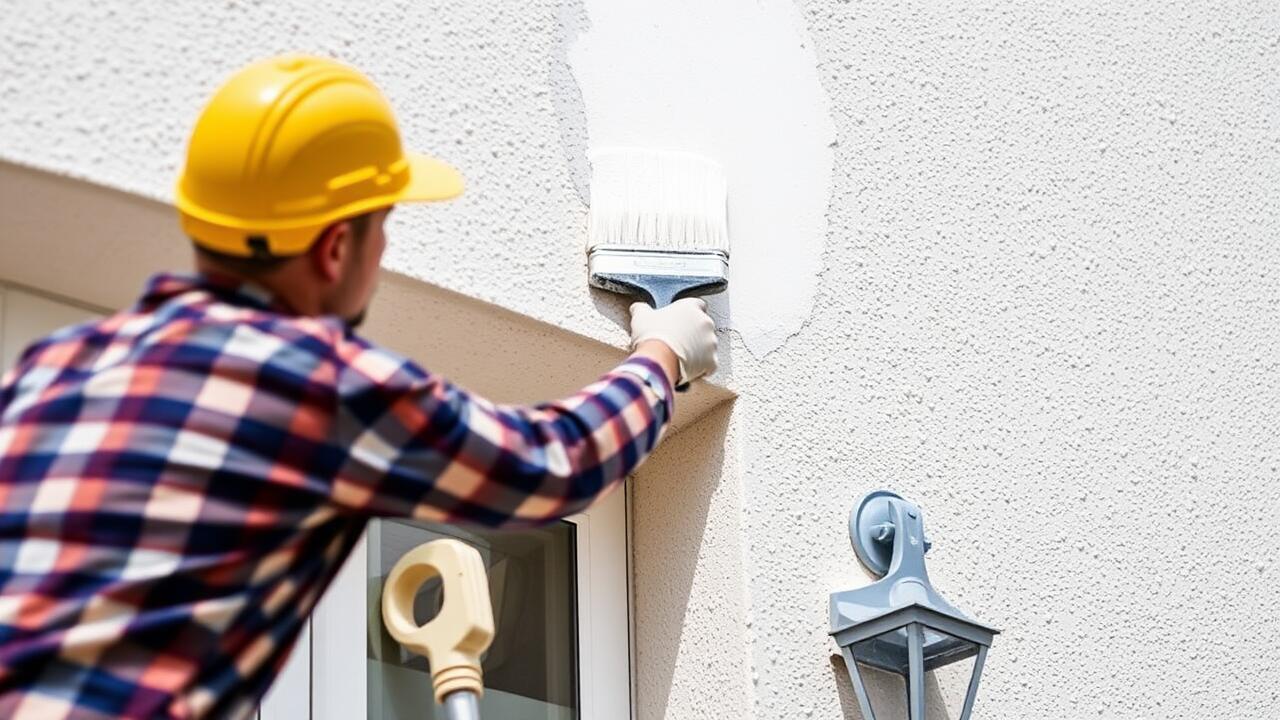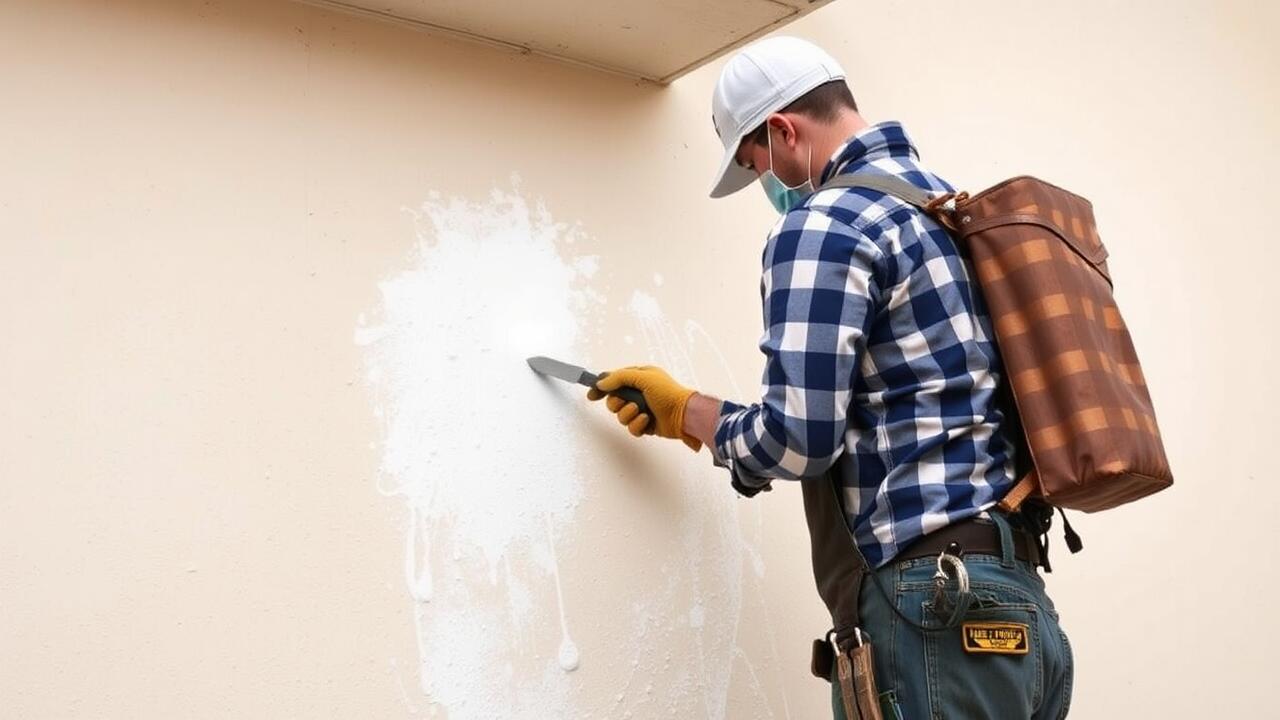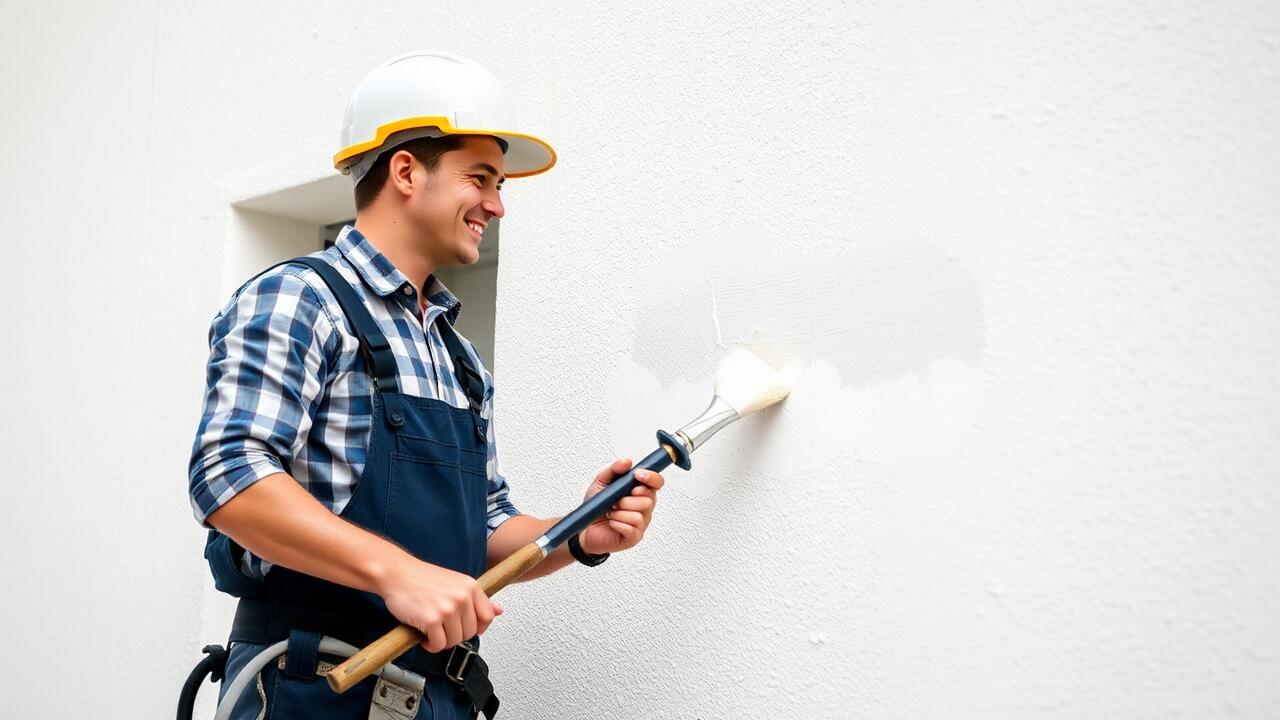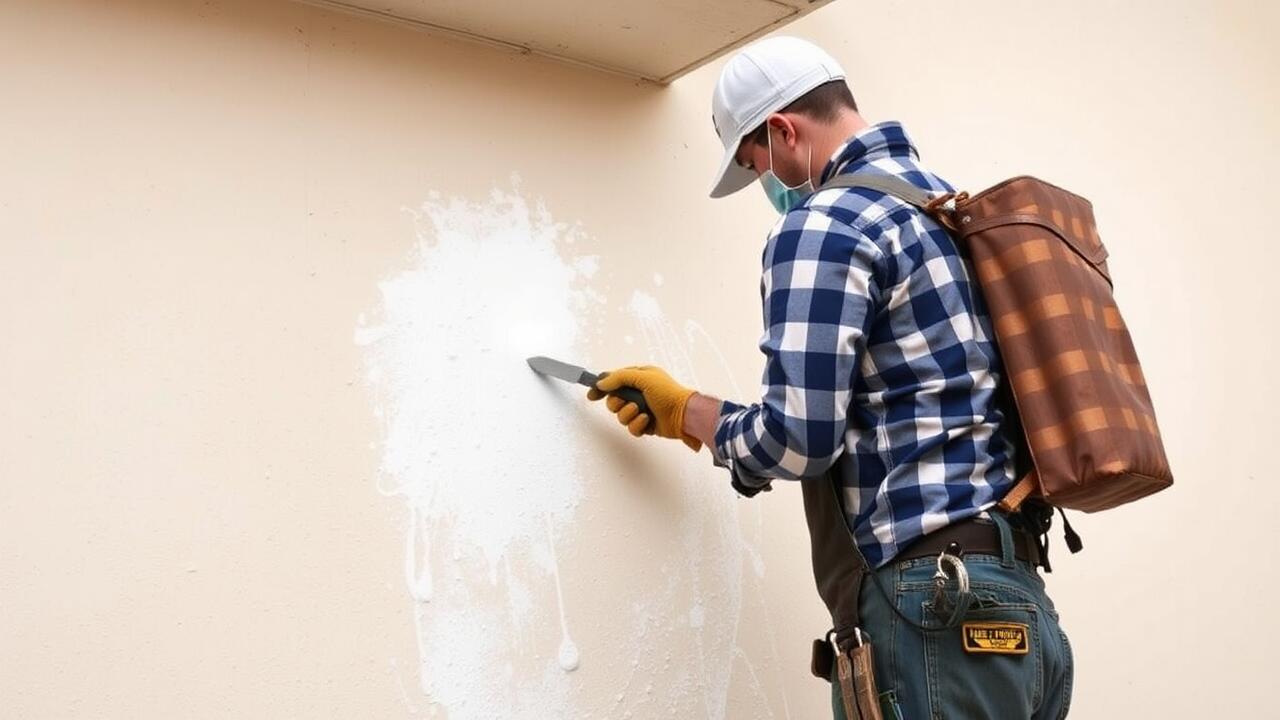
Preparing Your Stucco for Painting
Before embarking on your stucco painting project, proper preparation is essential to ensure the best results. Begin by assessing the condition of your stucco surface. Look for cracks, holes, and other imperfections that may need to be repaired. Cleaning the surface is crucial as well. Use a pressure washer or a stiff-bristle brush to remove dirt, mold, and any loose paint. This step will help the new paint adhere effectively. For homeowners considering a professional touch, services for Stucco Painting Encino, Los Angeles, can provide expert guidance and assistance.
Once the surface is clean, focus on making any necessary repairs. Use a stucco patch or filler for cracks, allowing it to cure fully before moving on. For areas with significant damage, consider reapplying stucco to create a uniform surface. After repairs are completed, ensure the entire area is adequately primed. This will help the paint adhere and improve the longevity of your finish. Properly preparing your stucco not only enhances its appearance but also extends its lifespan, making it a worthwhile investment.
Surface Cleaning and Repair Techniques
Before painting stucco surfaces, proper cleaning and repair are essential to ensure optimal adhesion and a long-lasting finish. Begin by removing any dirt, dust, and grime that may have accumulated on the stucco. A pressure washer is effective in this regard, using a gentle setting to avoid damaging the texture. In some cases, a mixture of water and mild detergent can help eliminate stubborn stains. After washing, allow the surface to dry completely before moving on to repairs.
For any cracks or imperfections, it is crucial to use a suitable repair product designed for stucco. Fill cracks with a high-quality stucco patch or caulk, smoothing it to blend seamlessly with the surrounding surface. Larger holes may require a more extensive repair, potentially needing a new stucco to match the existing texture. Ensuring these repairs are done properly will create a solid foundation for your painting. This preparation is particularly important for those undertaking stucco painting in Encino, Los Angeles, where the local climate can impact paint performance.
Step-by-Step Guide to Spraying Stucco
Before beginning the spraying process, ensuring that your equipment is ready is crucial. Select an appropriate airless sprayer designed for exterior painting. Familiarize yourself with the machine's settings and adjust the pressure to avoid over-spraying. It's wise to practice on a scrap piece or a less visible area before tackling the main surface. For successful stucco painting in Encino, Los Angeles, use quality paint specifically formulated for stucco applications. This ensures better adhesion and durability against the elements.
Start spraying from the top of the wall and move downward to minimize drips and runs. Hold the spray nozzle approximately 12 to 16 inches away from the surface and maintain a consistent side-to-side motion. Overlap each pass by about 30 percent to guarantee even coverage. For intricate areas, consider using a paint brush to touch up spots that the sprayer may miss. As you work, remain mindful of the weather conditions; avoid extremely hot or windy days for optimal results.
Best Practices for a Flawless Finish
Achieving a flawless finish in stucco painting requires meticulous attention to detail. Start by ensuring the surface is clean and free of debris. Any dirt or loose particles can interfere with paint adherence, potentially leading to peeling or uneven color. Using a power washer can be effective, but be cautious of the pressure applied to avoid damaging the stucco. After washing, allow the surface to dry completely before proceeding. Priming the stucco is another crucial step, as it helps seal the surface and provides better adhesion for the paint.
When it comes to the actual application, consider the tools you are using for stucco painting in Encino, Los Angeles. A high-quality sprayer can deliver a consistent coat, but it requires some practice to master. Alternatively, brushes allow for more control and detail, especially in intricate areas. Regardless of the method chosen, ensuring multiple thin coats rather than a single thick layer can provide a more uniform finish. Always follow the manufacturer’s instructions regarding drying times between coats for optimal results.
Step-by-Step Guide to Brushing Stucco
When brushing stucco, it’s essential to start with a clean surface. This involves removing dirt, dust, and any peeling paint. Use a pressure washer or a hose with a stiff-bristle brush for effective cleaning. After cleaning, inspect the stucco for cracks and imperfections. Repair any damaged areas with a suitable stucco patching compound to ensure a smooth, even surface. Once the repairs have dried thoroughly, you are ready to begin the painting process.
Begin by selecting a high-quality paint brush designed for textured surfaces. A large brush will help cover more area, while a smaller brush can reach tighter spots. Dip the brush into the paint, ensuring it is adequately coated but not overloaded. Apply the paint in even strokes, starting from the top and working your way down. Make sure to get into all the crevices of the stucco to ensure complete coverage. For those interested in hiring professionals, searching for "Stucco Painting Encino, Los Angeles" can connect you with experienced painters in your area.
Techniques for Achieving Even Coverage
Achieving an even coverage when brushing stucco involves selecting the right tools and techniques specific to the textured surface. A high-quality, long-nap roller or a brush with firm bristles helps to penetrate the irregular surface of stucco, ensuring that paint reaches all nooks and crannies. Dipping the brush into the paint and removing excess before applying reduces the chances of drips and pooling. Working in small sections promotes better control and allows for blending, which is essential for a uniform finish.
Technique consistency is key when painting stucco. Begin painting from the top of the wall and work your way down, ensuring gravity assists in distributing the paint evenly. Overlap each stroke slightly to prevent streaks and visible lines between sections. For those engaging in Stucco Painting Highland Park, Los Angeles, considering the local climate can help determine the ideal time to paint, as humidity or heat can affect drying times and overall finish quality. Proper planning enhances the appearance and longevity of the paint job.
FAQS
What is the best method for painting stucco, spraying or brushing?
The best method depends on the specific project and personal preference. Spraying can cover large areas quickly and evenly, while brushing allows for more control and precision, especially in detailed areas.
Can I use both spraying and brushing for stucco painting?
Yes, many professionals use a combination of both methods. Spraying can be used for the main areas, while brushing can be used for edges and corners to ensure thorough coverage.
How do I prepare my stucco before painting?
Preparation involves cleaning the surface to remove dirt and debris, repairing any cracks or damage, and allowing the surface to dry completely before painting.
What type of paint should I use for stucco?
It's recommended to use high-quality exterior acrylic paint specifically formulated for stucco. This type of paint allows for breathability and helps prevent moisture issues.
How do I achieve even coverage when brushing stucco?
To achieve even coverage when brushing, use a high-quality brush with stiff bristles, apply the paint in a consistent manner, and work in small sections to maintain a wet edge.



